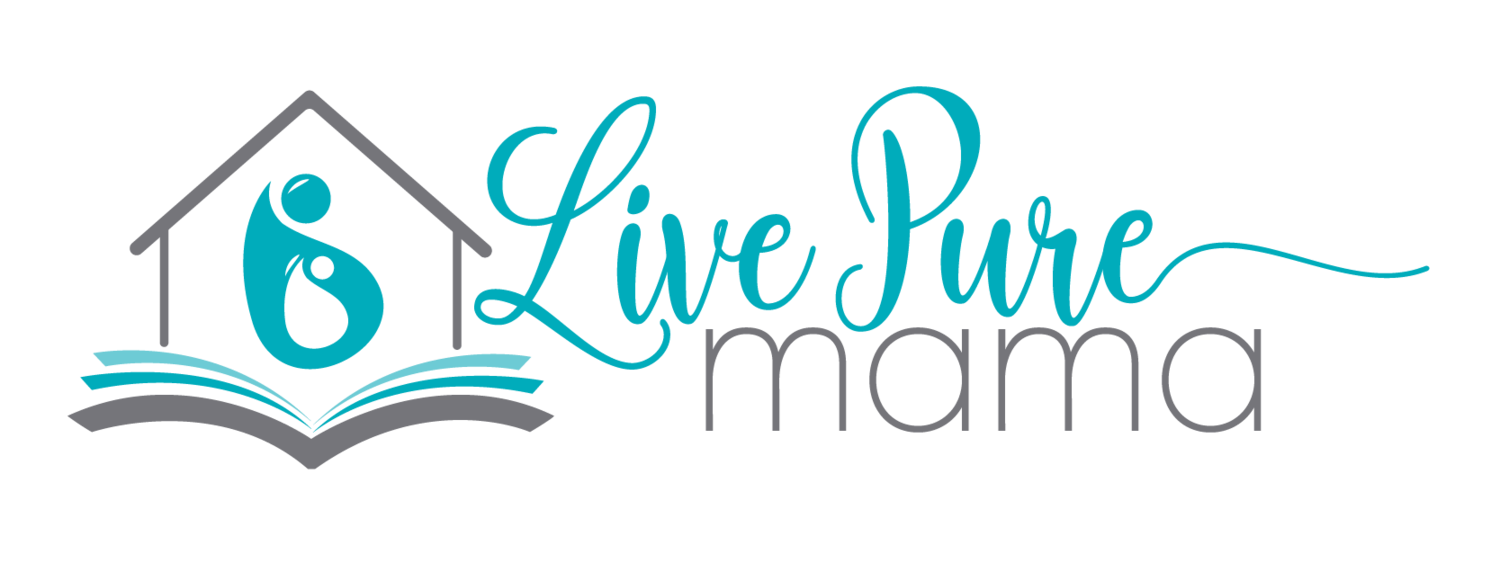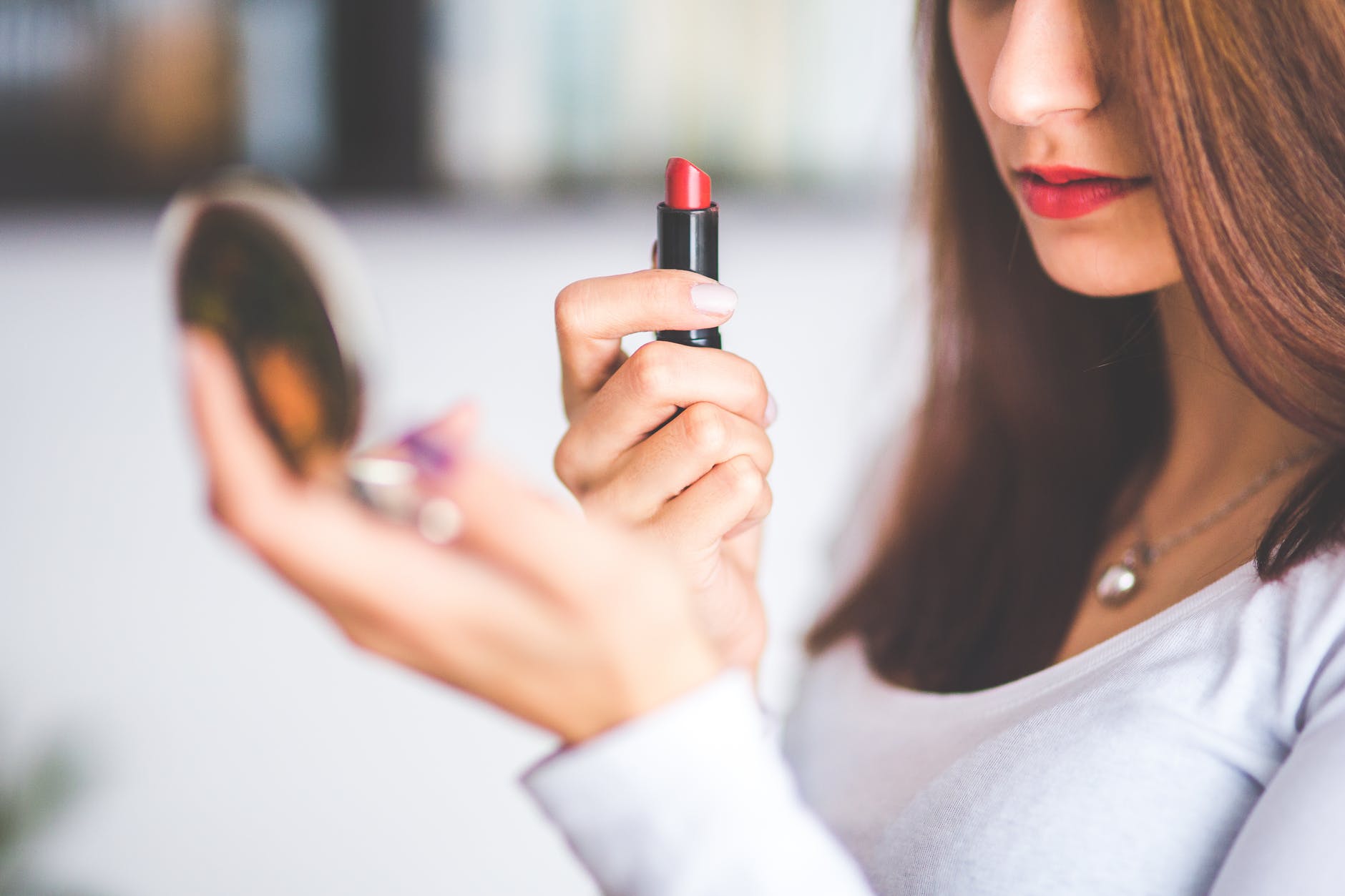Heavy on the Lipstick
/
Did you know LEAD was banned from paint in 1978 but it’s LEGAL in personal care products? The Campaign for Safe Cosmetics tested 33 popular brands of mainstream lipstick in 2007. In their report called The Poison Kiss, they reveal that 61% of the products tested contained lead. When they approached the FDA with their concern, they finally (2 years later) conducted a study which found lead in ALL samples of lipstick tested! In 2010 the FDA conducted an expanded study where they found lead in over 400 lipsticks (L’Oreal took 5 of the top 10 spots). The levels were up as high as 7.19 parts per million which is more than 10 times higher than the amounts discovered in the first Campaign for Safe Cosmetics study. So, what action did the FDA take? None. NO legislation or regulation of any kind was put into place to limit this ingredient in personal care products. Lipsticks made by three manufacturers: Procter & Gamble (Cover Girl brand), L’Oreal (L’Oreal, Body Shop and Maybelline brands) and Revlon had the highest levels of lead.
Recent science indicates there is no safe level of lead exposure. It is a neurotoxin and can be dangerous at small doses. Medical experts agree that any level of lead exposure is unhealthy.
Exposure to lead has been linked to a host of health concerns:
1. Neurotoxicity: It has been linked to learning, language and behavioral problems.
2. Reduced fertility in both men and women.
3. Hormonal changes and menstrual irregularities.
4. Delayed onset of puberty in girls and development of testes in boys.
So, what’s the verdict? Is the small amount of lead found in lipstick really a problem? In my opinion, yes, for two reasons:
1. Lead is a heavy metal and is bioaccumulative, the body cannot rid itself of the substance as fast as it comes in, causing a build-up over time. Imagine small amounts of lipstick applied to the lips several times a day for years. Take into account that much of what we put on our lips gets ingested as well as absorbed and you have, what I believe is a problem of significance.
2. There are safer options. It’s true that, because we live in a modern society, a certain amount of lead is pretty unavoidable in our daily lives but it truly doesn’t need to be in our cosmetics. It is absolutely avoidable. Shouldn’t we take advantages of the places we can have control over what our bodies need to deal with?
Here’s the problem, though, friends. Lead doesn’t appear on the label. You can have all intention of looking for lead to avoid it’s dangers and still inadvertently choose a lipstick (or other product) containing led because it is an impurity, not an ingredient.
So what can I do?
Email companies and ask for their safety testing data. Tell them safe ingredients are important to you.
Check your favorite brand against this list: https://www.fda.gov/cosmetics/productsingredients/products/ucm137224.htm#expanalyses (scroll down to the section called FDA Analyses of Lead in Lipsticks - Expanded Survey)
Use less product. Taking a minimalist approach will decrease your exposure a lot. Sure, you may wear lipstick a couple of times a week for a professional meeting or date night but think twice before making the decision that you need ruby red lips all day, every day.
Use natural products that provide color from ingredients like rose pedal powder or beet root powder when possible.
TAKE A STAND for your own health and DEMAND safer products. Vote with your dollars and choose to buy from companies who use NO harmful ingredients or processing. Buy from companies with integrity who take their impact on the environment and their customers’ health seriously.
When you know better, you do better - for yourself, your family and the Earth. For my free handout on tips and resources to choose safe products, make sure you sign up below!
Sources:
- See more at: http://www.safecosmetics.org/get-the-facts/regulations/us-laws/lead-in-lipstick/#sthash.A3gNNCVy.dpuf
Not Just a Pretty Face: The Ugly Side of The Beauty Industry by Stacy Malkan, New Society Publishers, Gabriola Island, BC. 2007.


